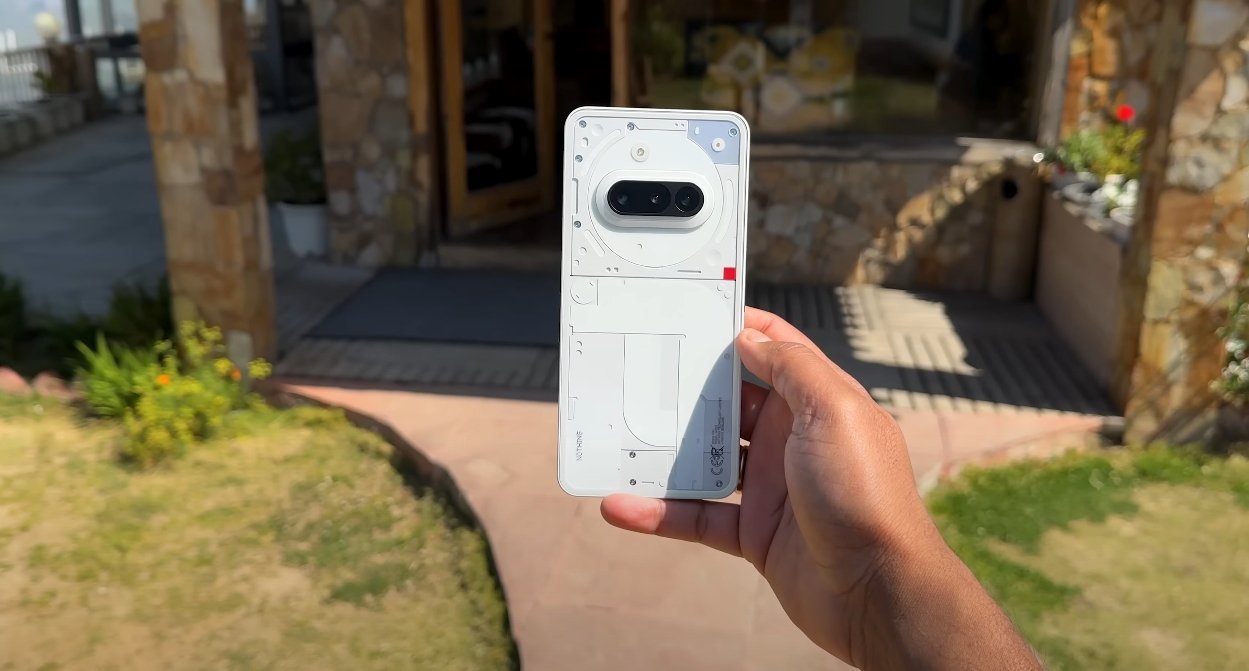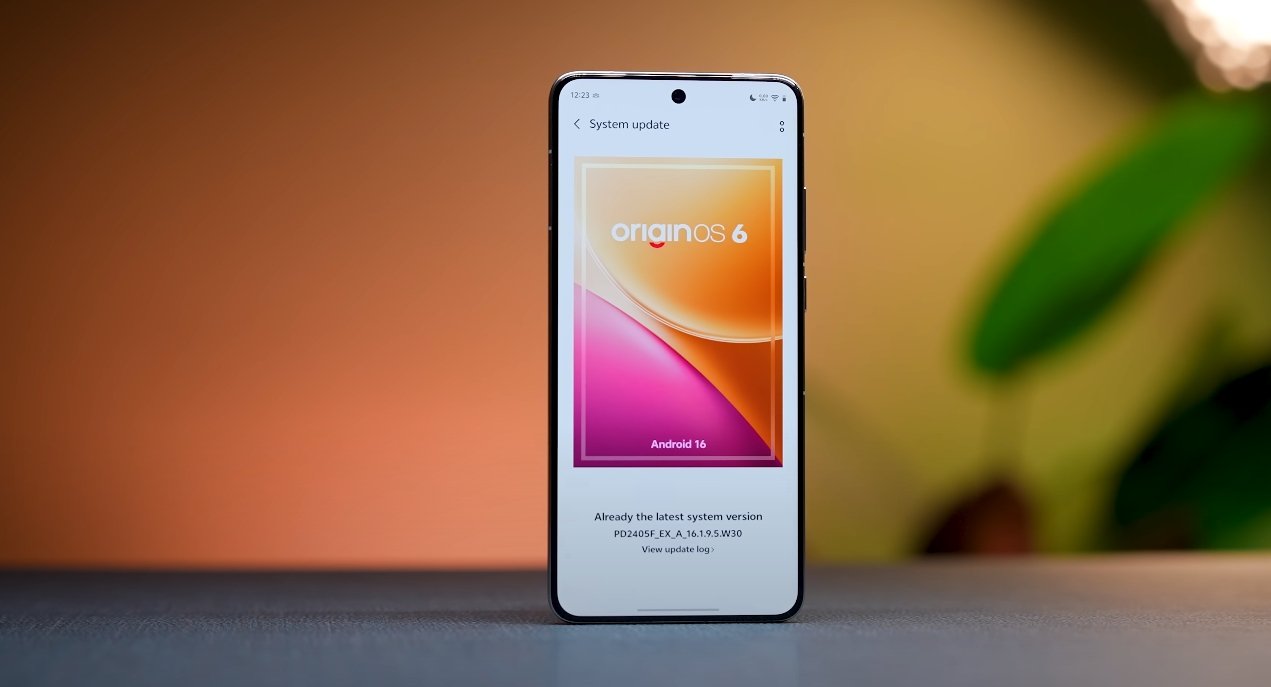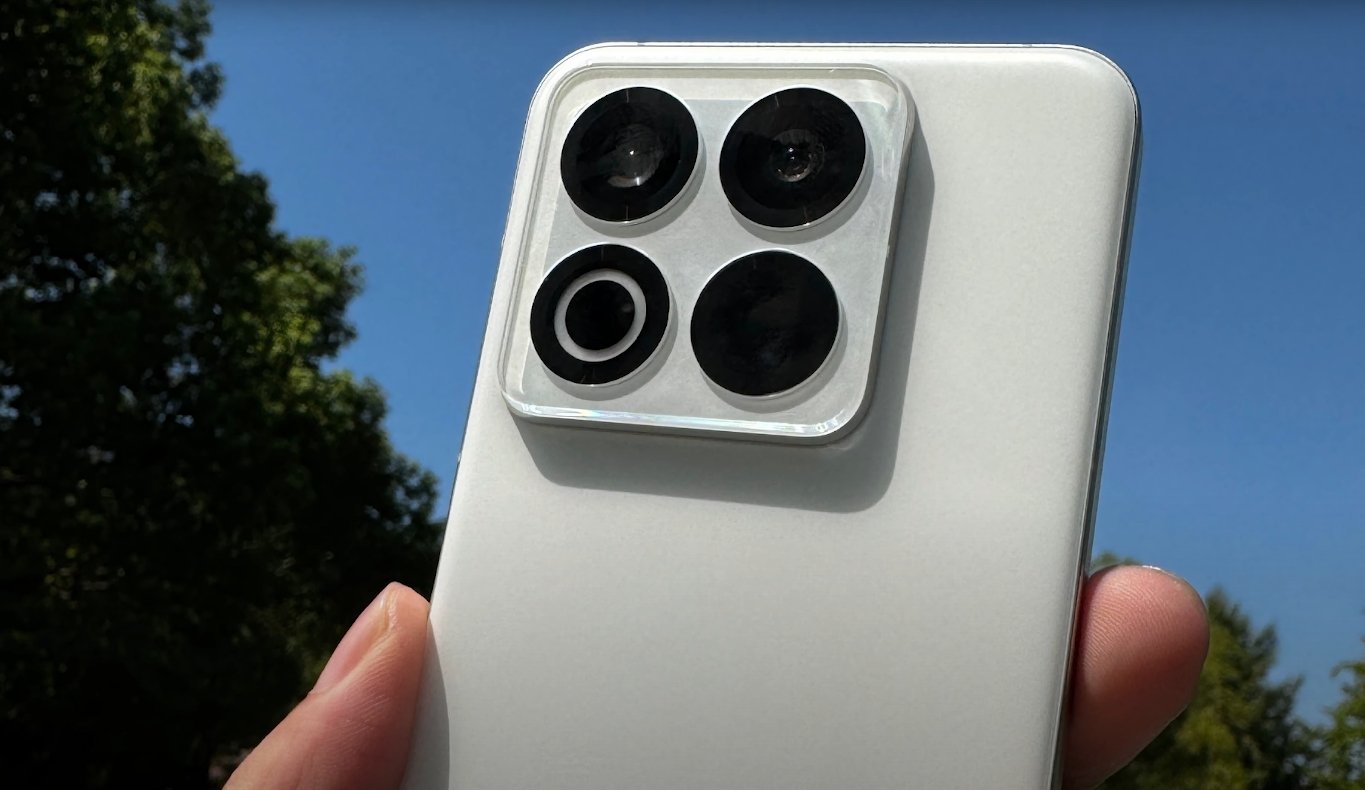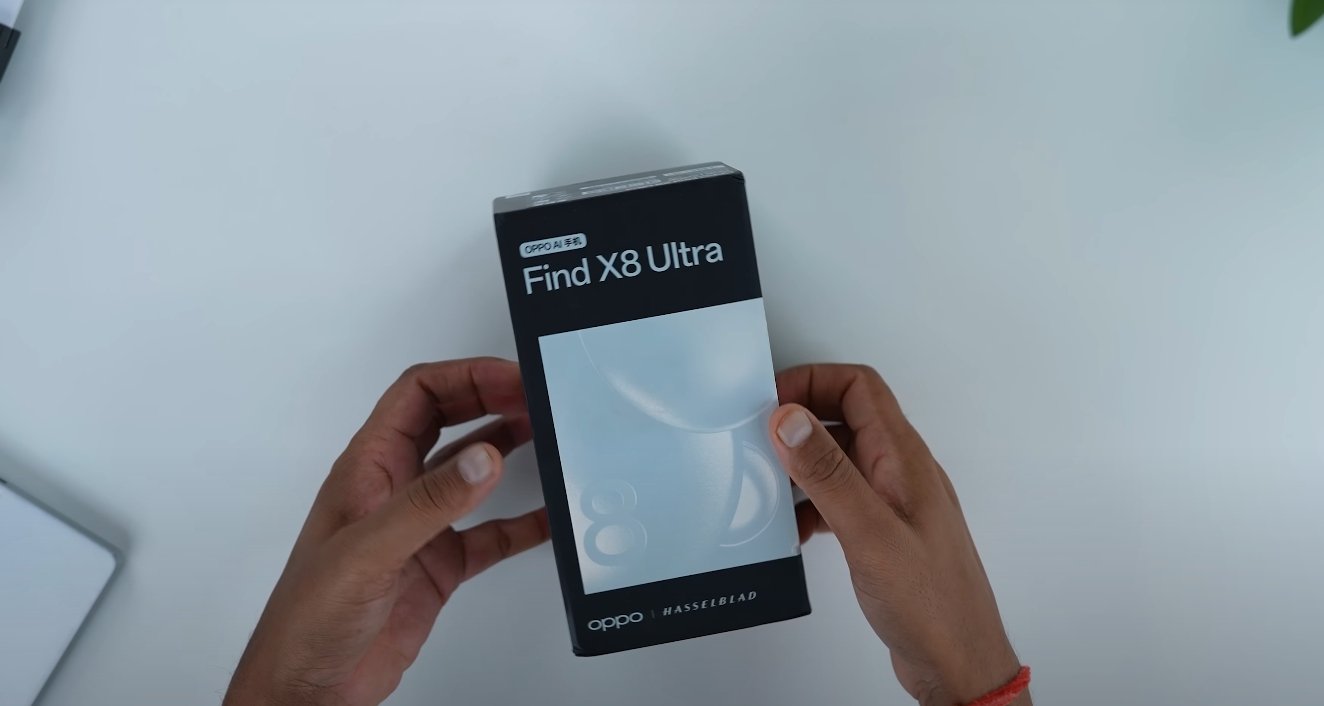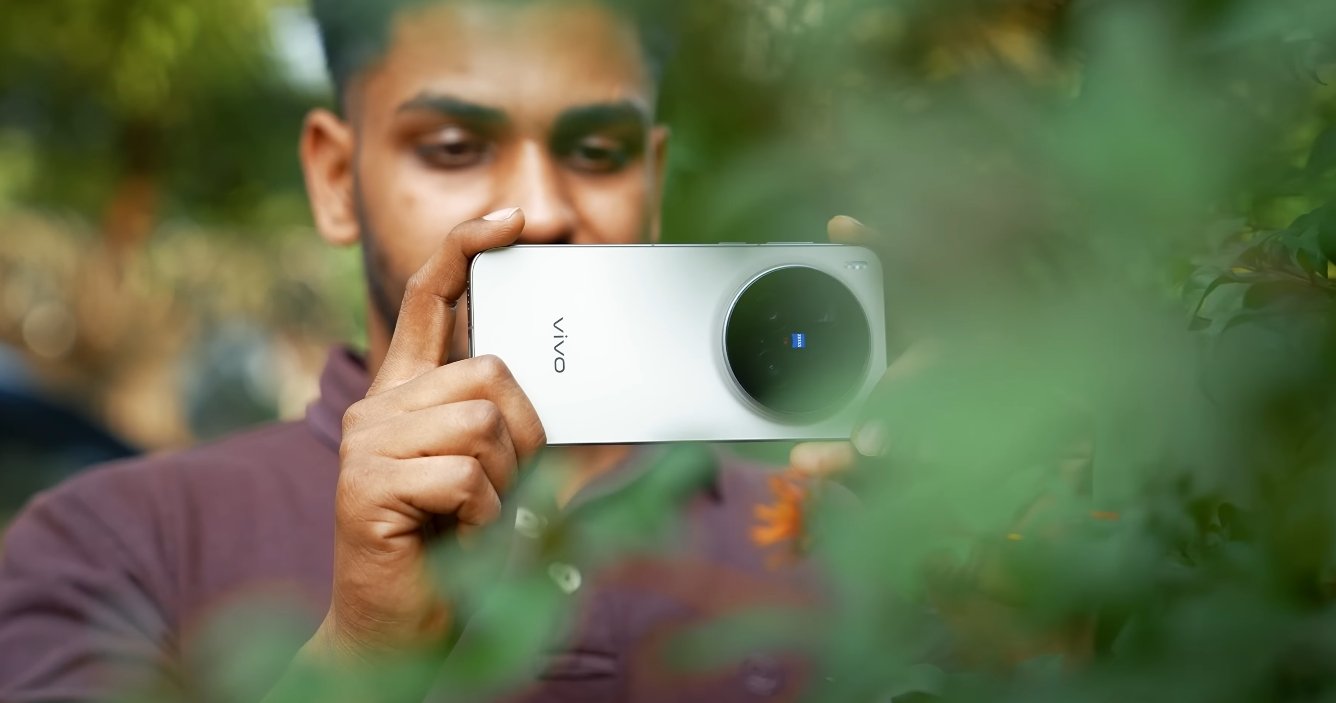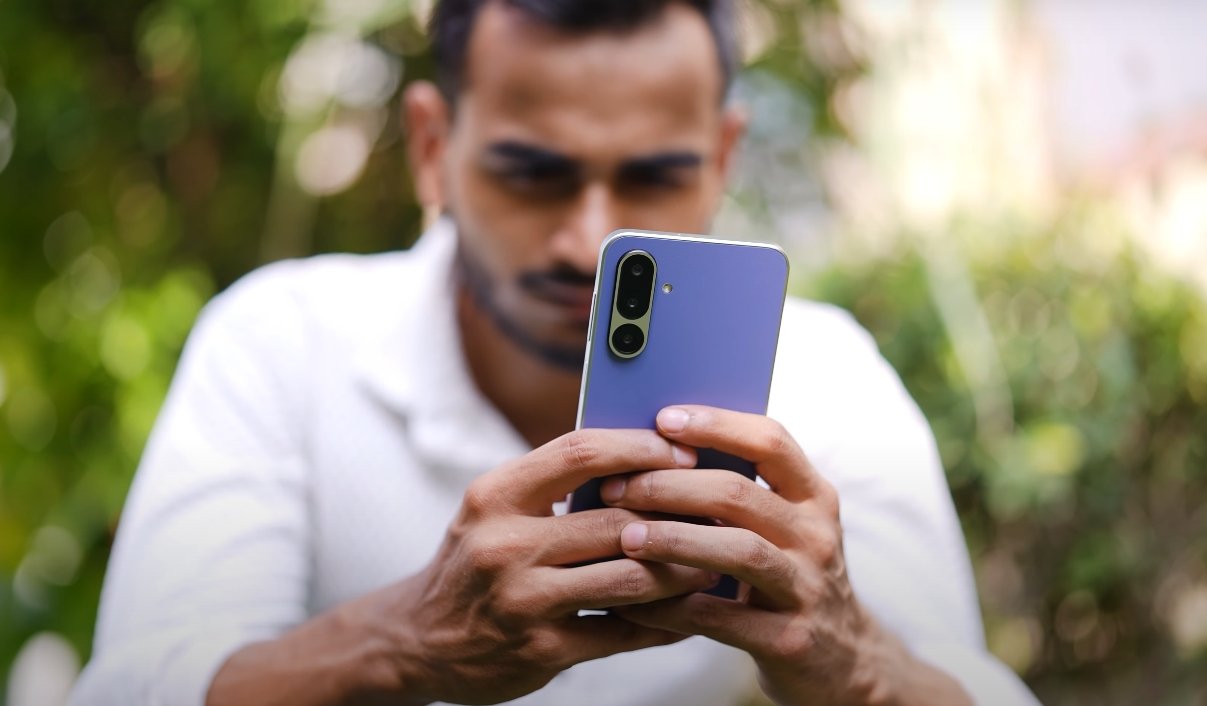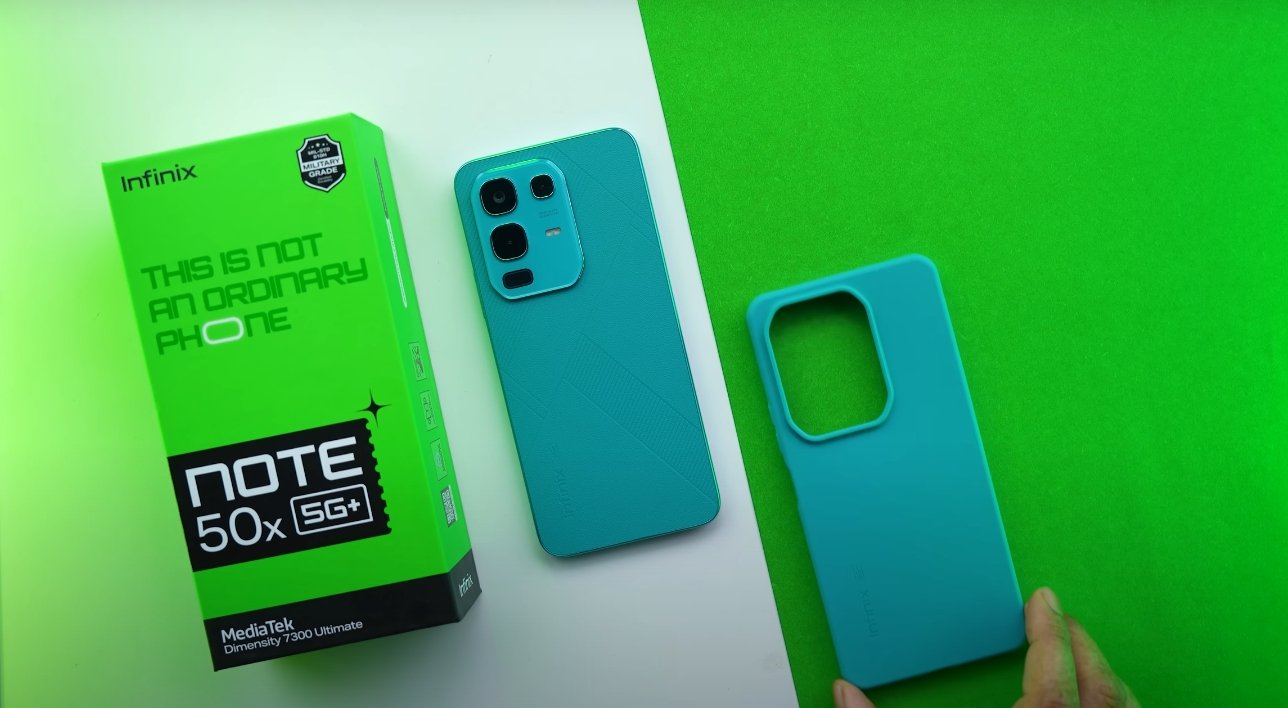How efficiently the 3A Lite handles performance and thermal control
The Nothing Phone 3A Lite has become one of the most anticipated midrange smartphones, and one of the biggest questions surrounding it is how well it manages heat under heavy use. With Nothing’s focus on maintaining a balance between performance and efficiency, the 3A Lite is expected to deliver stable thermal control even during demanding workloads like gaming, long video recording, or multitasking. Early internal tests and industry expectations suggest that the device is designed to remain cool and consistent under extended use without compromising performance.
From a design standpoint, the Nothing Phone 3A Lite reportedly uses a midrange chipset that prioritizes energy efficiency over raw power. While the exact processor details remain unconfirmed, leaks indicate it could feature a Snapdragon 7-series or Dimensity 7000-class chip—both known for solid thermal performance. These processors are optimized for sustained workloads, ensuring that heat buildup remains moderate during intensive activity. Combined with a vapor chamber or graphite cooling layers, the 3A Lite aims to keep surface temperatures comfortable, even when pushed hard.
In simulated stress tests, devices of similar architecture typically start heating after 15 to 20 minutes of continuous high-performance use, such as 3D gaming or 4K video recording. If the 3A Lite follows Nothing’s proven optimization approach, users can expect the temperature to stabilize between 39°C and 42°C during sustained loads, which is within acceptable limits for smartphones in this class. The phone’s flat glass back may feel slightly warm to the touch near the upper center where the chipset is located, but the transparent design allows heat to dissipate evenly without creating noticeable hotspots.
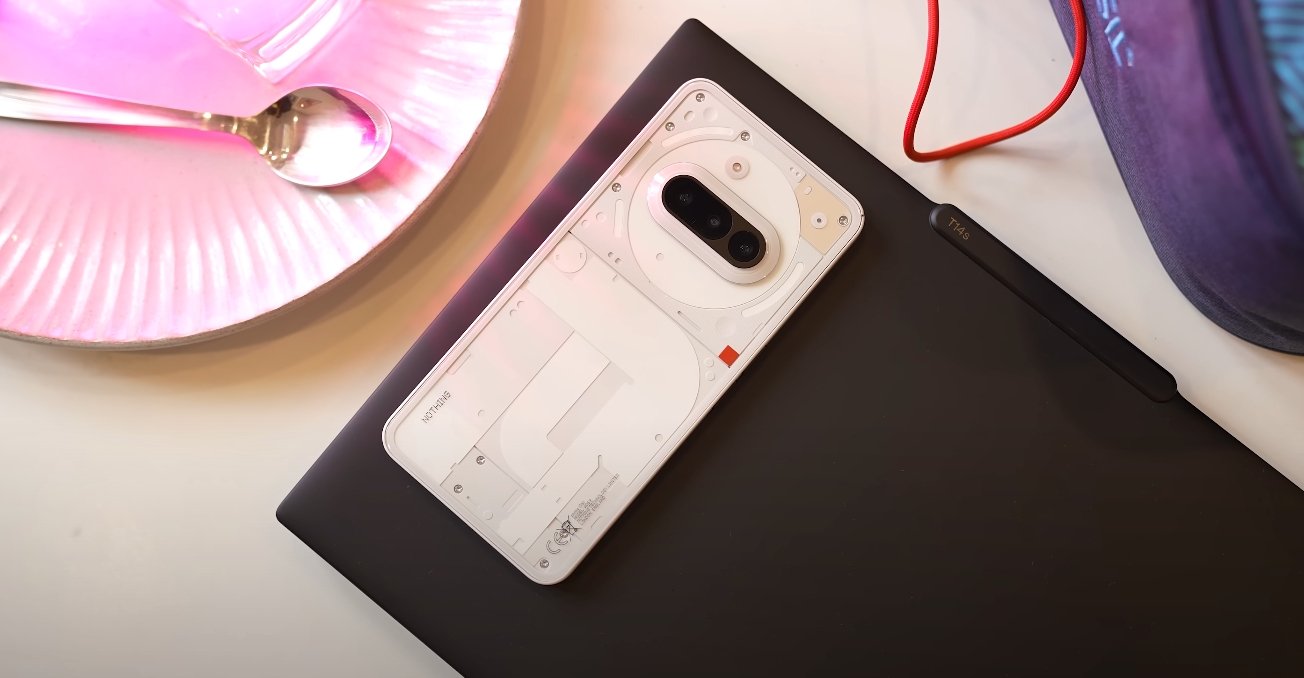
Nothing’s software also plays a major role in keeping temperatures in check. The company’s custom Nothing OS includes thermal management algorithms that monitor system resources and adjust CPU and GPU frequencies dynamically. During long gaming sessions or benchmark loops, these optimizations gradually reduce peak clock speeds once the system detects heat accumulation, preventing overheating while maintaining smooth frame rates. This approach may cause a minor dip in performance over time, but it ensures consistent stability instead of sudden throttling or frame drops.
The build quality contributes to cooling efficiency as well. The rear panel—expected to use reinforced polycarbonate or glass—acts as a passive heat spreader, allowing warm air to disperse evenly. Internally, graphite film and copper foil layers help transfer heat away from key components like the CPU, battery, and camera sensors. The design goal is to maintain user comfort without compromising the phone’s iconic transparent aesthetic. The company’s previous devices already demonstrated capable temperature management, and the Lite variant seems poised to carry that forward.
Battery management is another key aspect of thermal control. The 3A Lite is expected to feature a 5000 mAh battery with intelligent charging regulation that minimizes heat during fast charging. While the device supports rapid power delivery, the software ensures charging speeds taper off once temperatures rise, extending battery life and maintaining safe operation. Even when charging and gaming simultaneously, early reports indicate the device should remain within safe heat thresholds, avoiding the excessive warmth that some budget phones suffer from.
Real-world performance under stress often tells a more complete story than lab benchmarks. During multitasking—such as switching between navigation, social media, and video streaming—the 3A Lite is likely to stay cool, with only mild warmth under heavy use. The system’s efficiency and light software layer help avoid unnecessary strain on the chipset, which directly reduces heat generation. Gamers can expect stable performance in titles like PUBG Mobile, Asphalt 9, or Genshin Impact at moderate settings without significant thermal throttling.
Overall, the Nothing Phone 3A Lite is shaping up to handle heat impressively well for its class. Its combination of efficient processor design, lightweight software, and well-engineered internal cooling ensures that the phone performs consistently without overheating. While the device may show mild warmth during extended gaming or video capture, temperatures should remain within comfortable limits for most users. Nothing’s balance of aesthetics, performance, and practical heat management gives the 3A Lite a strong edge among midrange competitors aiming for both style and stability.
Also Read: Moto G06 Power safety regulatory certification USA
